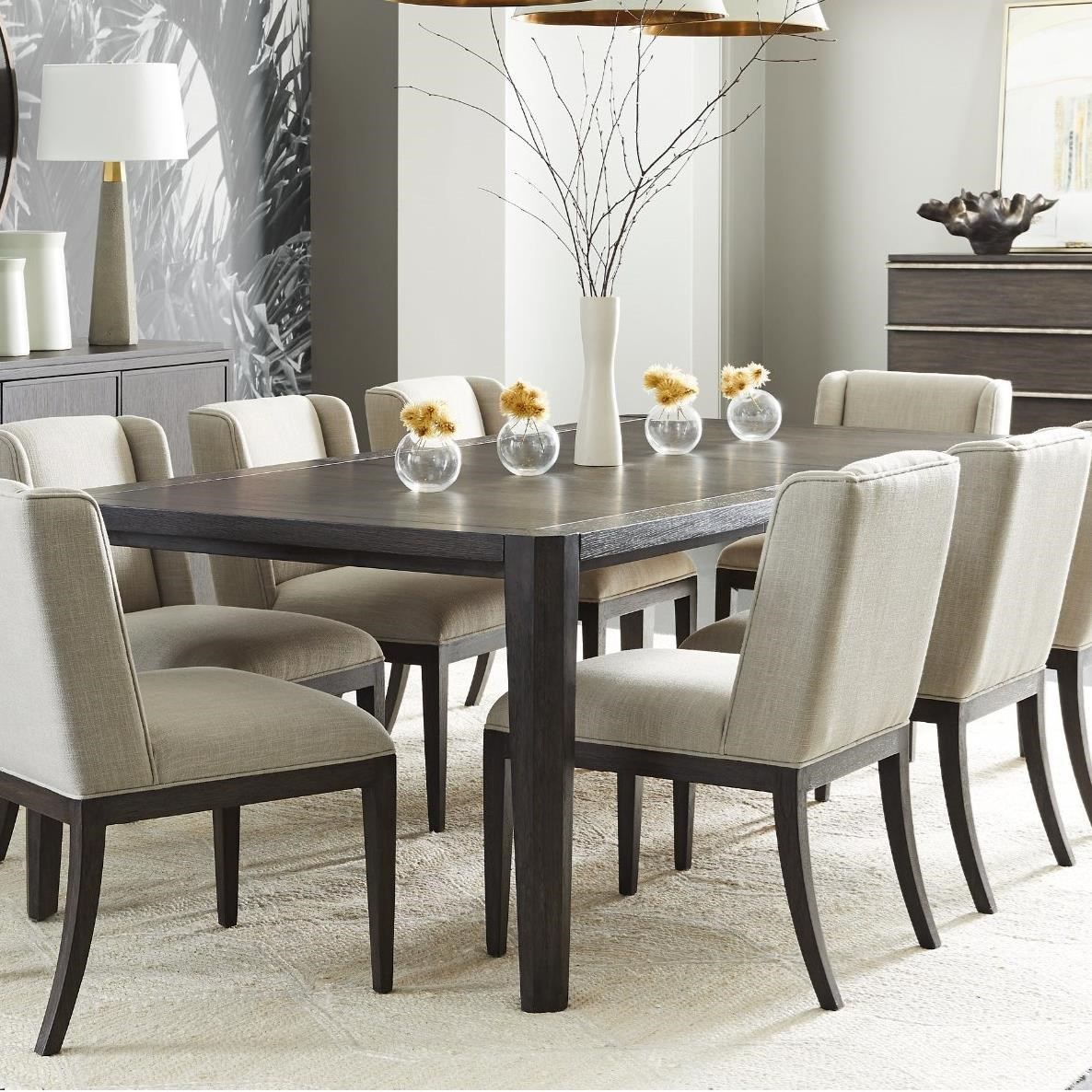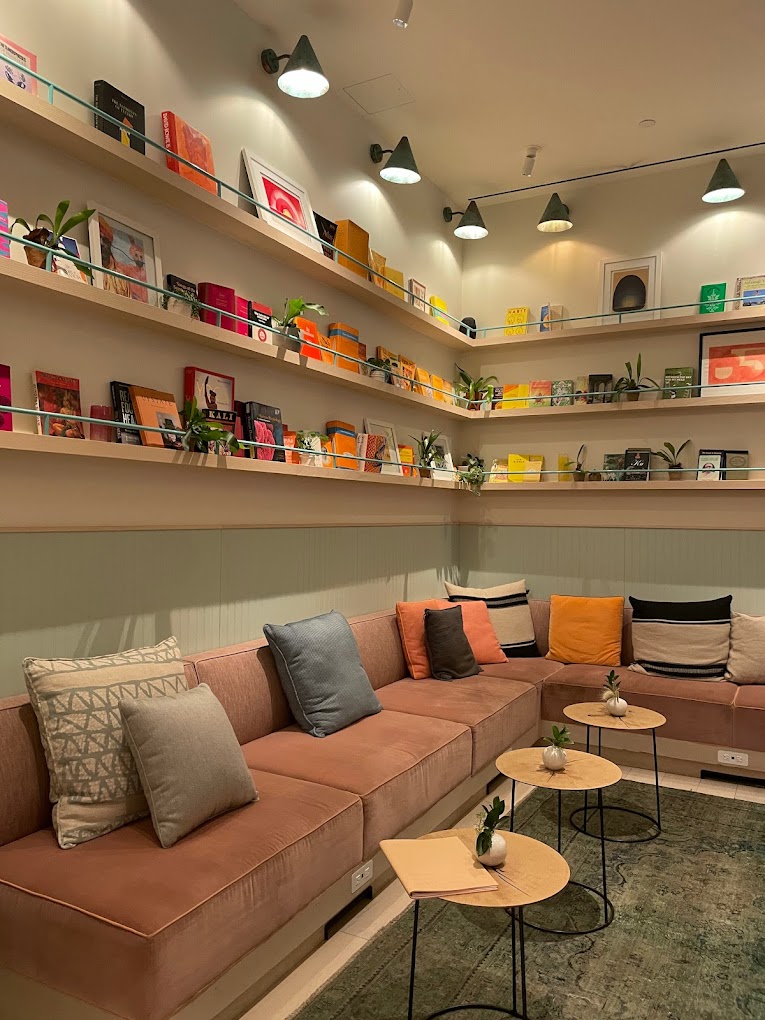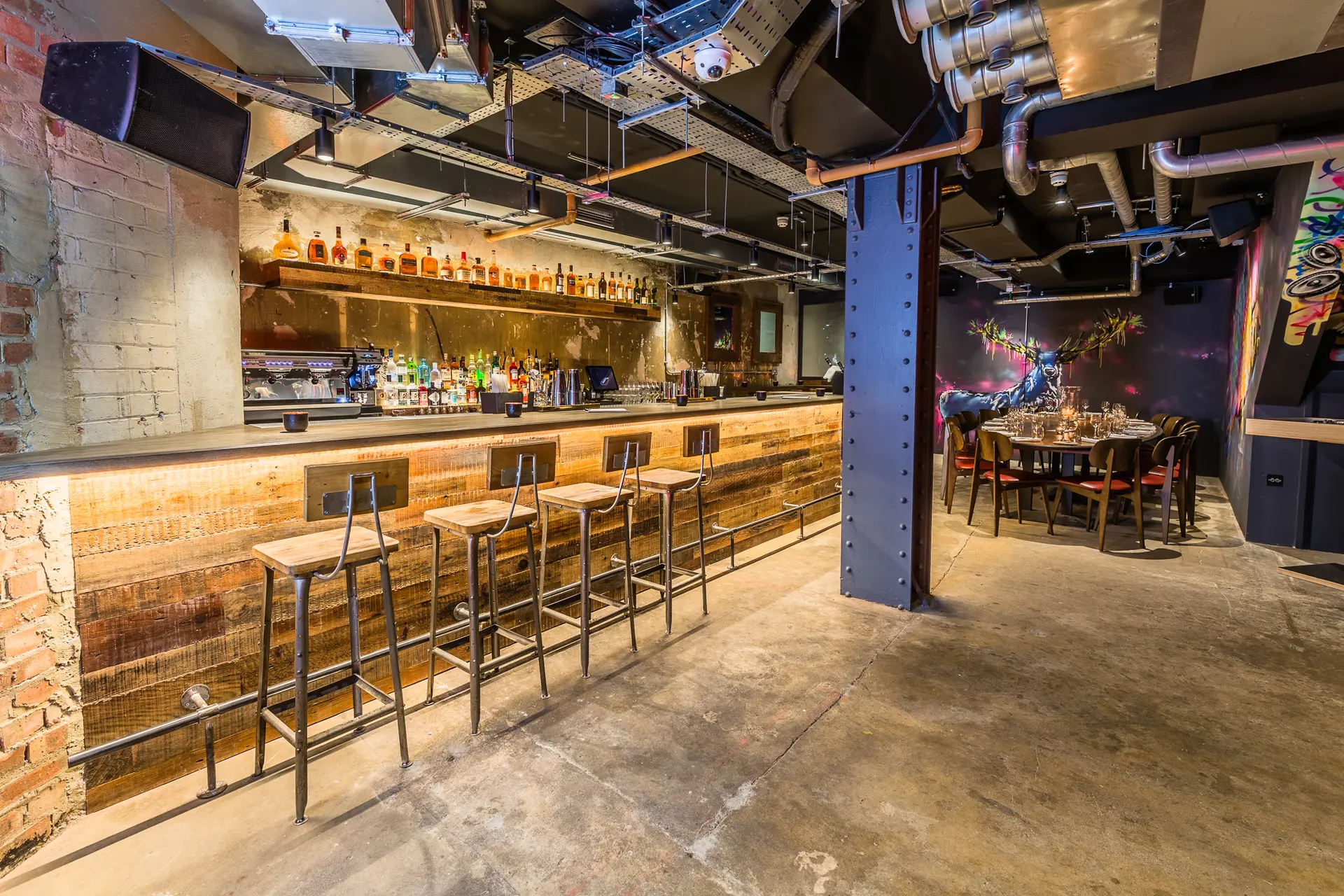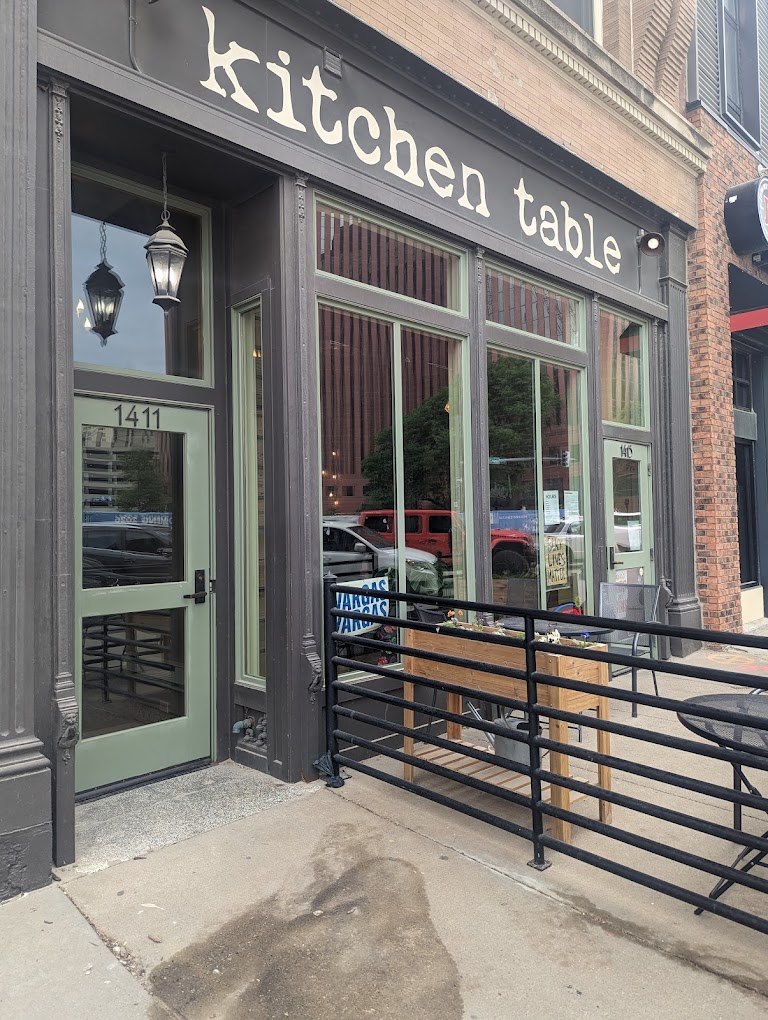Acacia wood is a beautiful, natural material that can add warmth and visual interest to any dining space. However, because acacia wood dining tables have an open grain and lack of protective finishing, they require a bit of extra care and maintenance to keep them looking pristine. Follow these tips to help protect and preserve your acacia wood dining table for years of regular use.

Use place mats
One of the easiest ways to protect the surface of your acacia dining table is to use placemats during regular use. Placemats create a protective barrier between the wood and any plates, serving dishes, or glassware placed on the table. This helps prevent scratches, dings, water marks, and heat damage that can occur from direct contact. Look for placemats made of leather, felt, or cork that have non-slip backing to keep them securely in place. Rotate placemats periodically to even out wear.
Invest in table pads
Table pads, also called table protectors, are padded coverings that drape over the entire dining table surface when not in use. They provide excellent protection from scratches, gouges, spills, and dents during times of heavy traffic in the dining room. Look for thick table pads specifically sized for dining tables and made of soft materials like felt, vinyl, or quilted fabric. Use cloth ties to securely fasten the pads to the table edges.
Use runners and tablecloths
For special occasions when you’ll be dining and entertaining directly on the wood surface, use table runners and tablecloths to limit wear and tear. Runners will help protect the center portion of the table where utensils and plates make contact. And full tablecloths add an extra protective layer across the entire tabletop while lending a polished, festive look. Select lightweight fabrics like cotton, linen, or bamboo that won’t snag easily on the wood grain.
Avoid placing hot items directly on the surface
Exposure to excess heat can damage the acacia wood, causing discoloration, cracks, or splits. Always use trivets, hot pads, or placemats when setting down hot pans, dishes, or other warm tableware. Never place piping hot beverages or dishes directly on the bare wood. Coasters are a must for protecting the surface from moisture damage caused by condensation on glasses.
Lift items instead of sliding
When moving plates, glasses, or other objects across the table, carefully lift and place them rather than sliding. This prevents scratching and scraping the unprotected wood over time. Instill this practice with family and guests. Clean spills promptly to avoid moisture seeping into the grain, and always lift with a cloth or sponge rather than wiping.
Keep climate steady
Acacia wood is prone to shrinking and expanding with fluctuations in temperature and humidity. Keeping your home’s climate as steady as possible all year will help the table maintain stability and minimize seasonal cracks. Ideal conditions are 60-75°F and 45-55% relative humidity. Invest in a humidity monitor, dehumidifier, or wood stove to regulate moisture during wetter months.
Apply protective finishes
Unfinished acacia wood absorbs spills easily and lacks a protective barrier against wear. Consider applying a food-safe sealant like polyurethane, shellac, or penetrating oil specifically formulated for dining tables. This will help repel moisture, prevent stains, and limit absorption from minor spills that are promptly cleaned. Reapply protective coatings periodically as directed.
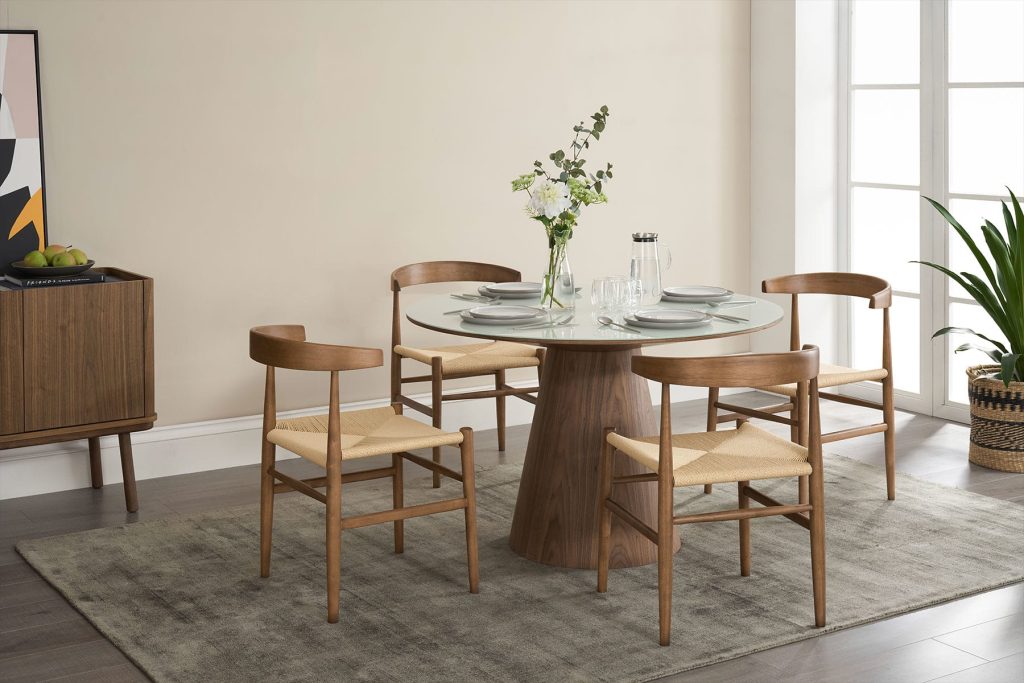
Clean with care
Use a soft, slightly damp cloth to wipe away dirt and debris after each use. Immediately dry with a fresh towel to prevent moisture damage. For deeper cleaning, dip a cloth in warm water mixed with a few drops of mild dish soap or wood cleaner to lift dirt from the grain. Always scrub gently in the direction of the wood grain – never across. Avoid abrasive cleaners or scouring pads that could scratch the finish.
Address spills immediately
Promptly wiping up spills prevents possible stains and deeper damage. Gently blot liquids with a dry cloth, then clean with a damp soapy cloth and immediately dry the surface. For oily spills or wax, freeze briefly with an ice cube wrapped in plastic then gently scrape away residue with a plastic scraper or credit card with care not to abrade the wood.
Keep sun exposure moderate
Acacia wood can darken or discolor with prolonged direct sunlight. Filter bright light with lightweight curtains or blinds to maintain an even tone. Rotate placements of any centerpieces or serving dishes to distribute UV exposure. Keeping the dining space climate-controlled also buffers humidity and temperature fluctuations from sunlight.
Use felt pads under accessories
Heavy items like serving trays, bowls, and decorative accessories can dent or scratch the soft acacia wood over time. Stick self-adhesive felt pads to the underside of any objects placed directly on the table to cushion and protect the surface. Replace pads periodically as needed.
Distribute weight evenly
When placing bulky or heavy items on the table, position them carefully to distribute weight as evenly as possible. Avoid setting very cumbersome objects in one concentrated area, which could weaken joints or eventually damage the table over time.
Lift don’t drag
Whenever moving the actual dining table, carefully lift to reposition – no matter how heavy. Never scoot or drag the legs across the floor, which can scratch and damage the joinery. recruiting an extra set of hands can help prevent putting excess strain on the table when maneuvering in tight quarters.
Keep seated diners scooted in
Remind family members and guests to keep their chairs tucked in close when dining to avoid chair legs bumping and scratching the table’s perimeter. Adding rubber tips or booties onto chair and table legs can further guard edges against incidental nicks and dings.
Take extra care with surfaces
More porous table surfaces like unfinished Live Edge will require extra precautions like using tablecloths and promptly drying spills. But even sealed acacia tops need gentle handling to avoid chips and scratches. Treat every area with care from edges to legs when moving and cleaning.
With some diligent care and smart preventative measures, an acacia dining table can provide many years of both beauty and practicality. Protect it for the long haul by handling with care, maintaining proper climate conditions, and safeguarding the surface from excess wear and tear. With time, an acacia dining table will take on even more character and a beautiful patina.
Tips for Reviving Acacia Wood
Over time an acacia dining table may start to show some signs of wear like light scratches, scuffs, or dullness. Restore your table’s luster with these refinishing techniques:
Oil treatment Apply a thin coat of food-grade mineral oil, tung oil, or walnut oil. Let it penetrate for 15-20 minutes, then thoroughly wipe away any excess with a dry cloth. Oiling enhances the wood’s natural glow and provides some protection. Reapply every few months.
Sand and reseal For deeper scratches and stains, begin by lightly sanding the damaged area. Use 220-grit sandpaper and go with the wood grain. Wipe away sanding dust, then apply a thin coat of fresh sealant. Allow the sealer to fully cure before using the table.
Spot repair finish For localized flaws like white rings or water spots, use a crayon-type furniture touch up marker or finish repair pen to color and blend the spot. Choose a marker that closely matches your table’s finish color.
Refinishing If the entire surface has begun to show extensive wear, consider a full refinishing job. This involves sanding down the existing top coating completely and applying new protective sealant. Call in a professional furniture refinisher for best results.
With a bit of careful TLC, an acacia wood dining table can stay beautiful and functional for generations. Follow these tips to help yours maintain its natural warmth and visual appeal through years of dining and entertaining.






